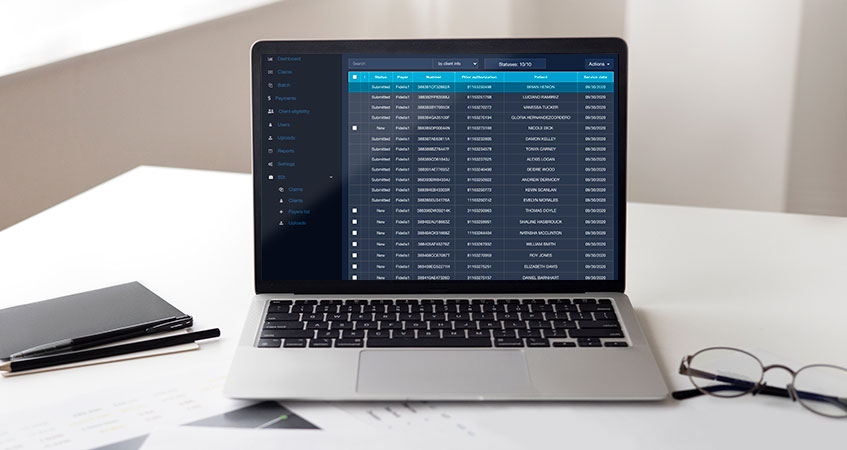
If you’re an employee in the healthcare world, then you probably understand the life cycle of a claim. If you’re a medical biller, you’ve undoubtedly had to answer questions from your friends and family about the complex insurance claim process all of your career. But if you’re not versed in medical intricacies, you might wonder what happens to an insurance claim after you leave your appointment. How does a claim start as a file and turn into a reimbursement? If you’re interested in how the process works, we’re here to give you an inside look at the life cycle of an insurance claim.
How is an Insurance Claim Processed?

When you finish your medical appointment, an insurance claim’s journey is only just beginning. Depending on how your health insurance is structured, you might have a copay due before you leave the office, but other than that, you’re hoping your insurance takes care of the rest. As the patient, your job is done. Until a claim is processed, you can assume that you’ve paid what you owe, and hopefully things stay that way. But for medical billers and coders, the hard work starts here. The insurance claim billing process can be lengthy, but it’s a specific, calculated one that ensures providers are reimbursed properly for their services. With that in mind, we took a look at each step of the process to provide a clear picture of how a claim is processed beginning to end.
The Claim is Prepared
When your appointment is over, medical coders look at the list of services performed during your appointment and create a claim. Medical coders take the doctor’s diagnosis and the list of services you received at your appointment, and change that language into a claim using ICD-10. This job may sound simple on paper, but medical coders have to navigate over 68,000 different codes and find the proper ones for each diagnosis. Once the claim is created, it’s off to the races.
The Claim is Reviewed and Processed
Once the claim is sent to the insurance companies, they have the job of verifying all information and deciding whether those services are covered under the insurance benefits. This isn’t a fast or simple process, and it’s one that requires special training and precision to ensure everything is done properly.
The Provider is Paid for Their Services
If a claim is approved (proper medical billing software makes this outcome more likely), a reimbursement is submitted to the provider. If a claim comes back rejected or denied, the provider will then have to fix the problem and resubmit for approval, delaying their payment further.
Patient Receives Explanation of Benefits
After the claim is paid to the provider, the patient will receive a document in the mail called the explanation of benefits (EOB). The EOB shows what has been paid by insurance, what has been written off by the provider, and how much still needs to be paid by the patient. This document isn’t a bill, but rather a letter detailing all costs.
The Healthcare Office Follows up on Any Remaining Costs
If a patient still owes money after the claim is processed, they’ll receive a separate bill in the mail from their healthcare provider, at which point they can pay what they owe if the price matches the one on the EOB.
Process Every Claim Error-free With ClaimGenix

If you’re in the business of billing claims and need a tool to perfect the long, intricate process, the team at Claimgenix would love to help. Reach out to us today to schedule a demo and see how our medical billing computer software can help your business.

